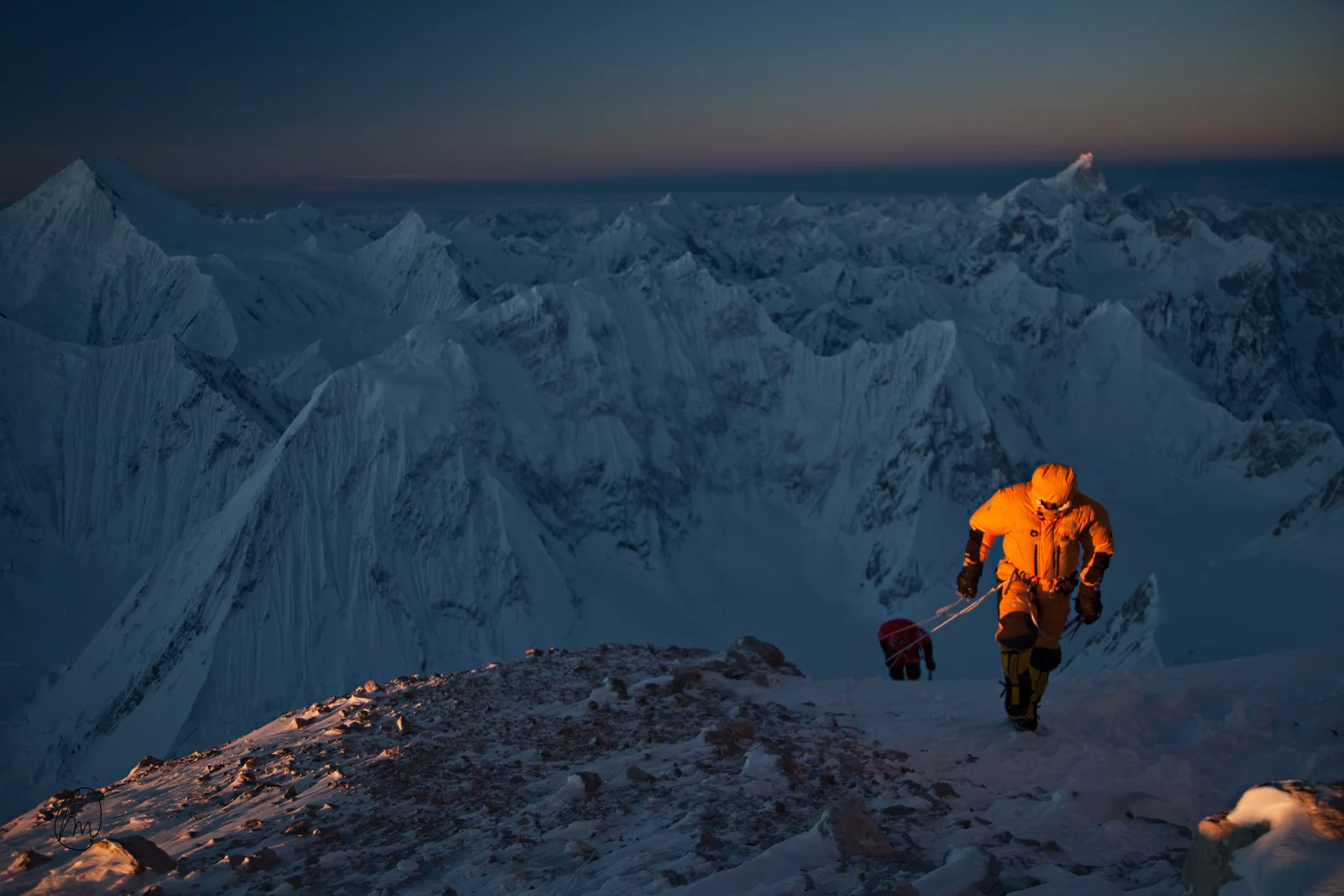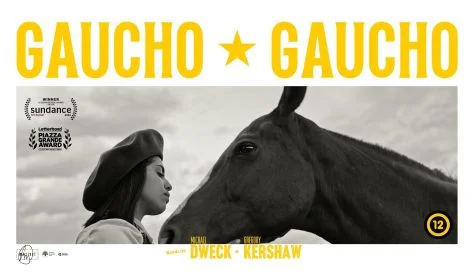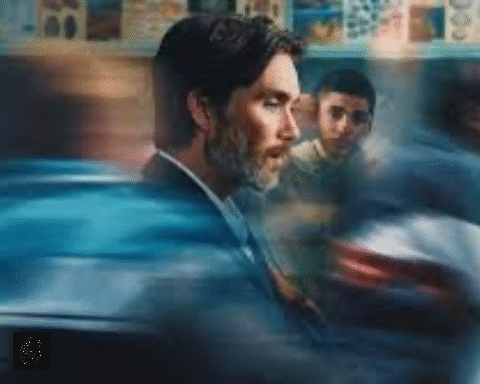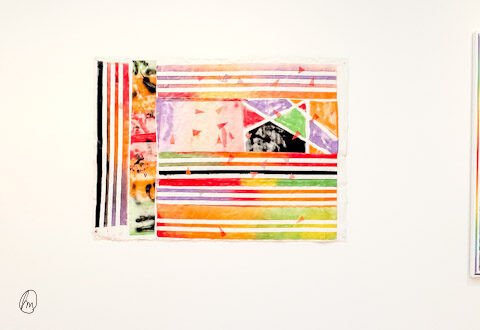Climbing, Mental Illness, and Survival in the Himalayas and more
There’s a certain kind of bad boy who takes longer to grow out of the rebellious, hormone-fueled teenage years. As he moves forward on the path to manhood, the swagger of adolescence lingers in him a little longer—free of extremes, deeply self-reflective, untouched by violence or emotional outbursts. In short: innocently. Matthew McConaughey, as revealed in Greenlights, fits this laid-back guy category—someone who, shaped by wild adventures and lived experience, slowly evolves into a grounded, balanced man.
In contrast, there are those men whose achievements and public image creates the illusion of an enviable alpha male aura. Illusion, because behind the scenes, they carry a heavy burden—one that puts immense strain on those closest to them, often grinding those relationships to dust. For both types, survival seems to hinge on decisions guided by high intelligence. Alongside that sharpness of mind, there’s often a heightened need for extreme adventure.
This time, we are invited to explore what at first glance seems like an enviable career path through Cory Richards’ book The Color of Everything.
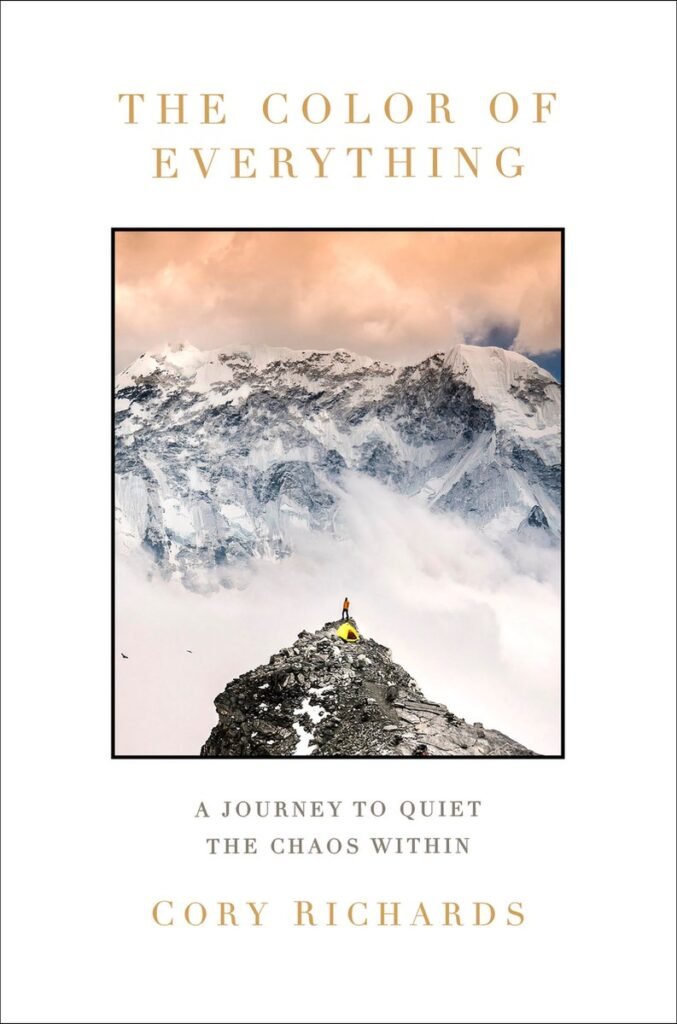
What you should know about the 44-year-old author is that he is a former National Geographic photographer who lived life as a high-altitude mountaineer—until his bipolar disorder knocked the stool out from under him.
In his book, Cory recounts his struggles with unflinching honesty and a sophisticated narrative voice—a style that places the work closer to autobiographical fiction than a conventional memoir. From his earliest memories—when his first fits of rage emerged—he guides the reader through the stages of his diagnosis, the rise and eventual collapse of his career, and perhaps, ultimately, the discovery of a new, more hopeful direction. Along the way, he shares strikingly personal moments, including his exploration of the boundaries of his own sexuality and the genuine remorse he felt in the aftermath of his actions.
“The therapist thinks I’m crying because I agree, but I’m crying because I’m rejecting my real feelings. I’m crying because I’m trying to make something work that doesn’t, trying to bend to make myself fit somewhere, just as I had with Ryan.”
This book is essential reading for anyone living with a similar diagnosis—or for those burdened by unresolved emotional pain and sudden surges of anger, still searching for something to hold on to. Not because it offers psychological advice, but because page by page, readers may find an honest friend.
“All I can feel is rage, seething and complete. But I don’t hate her, I hate me. In my mother, I see myself. In her face. In her mannerism. In her pain. She doesn’t deserve any of what I offer in exchange for her love. But the problem with an unwell mind is that it makes you blind to the world.”
This book is also a remarkable companion for adventurers—offering firsthand insight into the life of Cory Richards, the first American climber to summit the Himalayas without supplemental oxygen. His adventures, vividly and colorfully recounted, are often breathtaking and intense—yet above them always loom the towering clouds of his troubled mind. Still, they may serve as a source of inspiration for those setting out on their own journeys. He writes with meticulous detail about the weight of time during expeditions and the chilling moments of accidents. Each image is rich and alive—only to be veiled, time and again, by the dark storms gathering within.
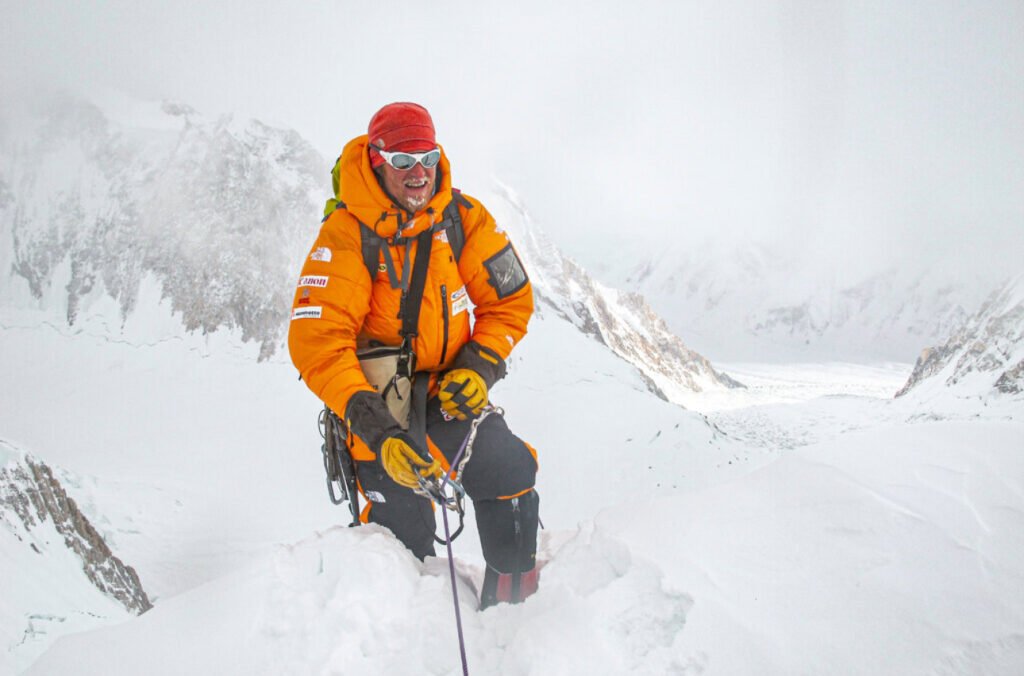
“… the colorful tents are too far away to see, hidden beneath the yawning glacial valley under my feet. A broken superhighway of ice and snow appears as a maze of crevasses that separates us from the safety of the kerosene and the tea and movies I saved on my laptop. … my breath is a rhythmic tether that calms my mind when it all seems too big. And it always seems too big. Every morning I take the same pink and purple pills that keep me sane. Valproic acid and bupropion. One pill to temper my volatility and keep the racing thoughts at bay. One to make me happy. By now I’ve taken them for fifteen years and wonder if they do anything at all. But I don’t wonder anymore at the irony of staying sane to do insane things to escape insanity. In some way I know that they all rely on each other. The only places where I feel normal are where nothing is normal at all.”
Despite the hardships—and the fact that his life as a mountaineer and professional photographer has come to a close—Cory Richards does not ask for sympathy. Nor does he seek absolution. He knows full well that it is not the world that must adjust to someone living with bipolar disorder, but the individual who must find the strength to take responsibility for their own responses.
He owns his failures with clear-eyed regret.
And by the end of the book, it becomes clear how a young man, carrying the weight of experience, was able to craft such a raw and introspective memoir.
Reading matters
All images belongs to Cory Richards
